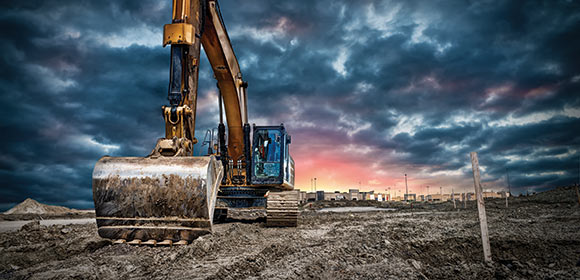by Trevor Clay
When referring to the City of Winnipeg’s boundaries, most people automatically think about the Perimeter Highway as the natural divide. The reality is that there are five rural municipalities who control land within the Perimeter at varying amounts and in all quadrants of the city.
From a commercial real estate perspective, this encroachment has created a significant opportunity for these RMs to take advantage of the lack of available space, particularly in the industrial market, within the city itself.
As of the end of the second quarter of 2018, the overall market vacancy rate in industrial across Winnipeg was at 3.0% which means that there are very few opportunities for expanding tenants to consider within the city limits. With a vacancy rate this low, there would seem to be significant opportunity for industrial developers to develop more space. So why has this not happened?
For starters, there is not enough available, serviced and zoned industrial land located within the city limits. This issue is exacerbated in areas where demand in the strongest, specifically the north and southwest quadrants of the city. Where parcels of land are available, the value of these sites continues to drive higher due to a severe lack of supply.
The rural municipalities of Rosser and Macdonald have stepped in to fill this void by working with land owners and developers to ensure that there are opportunities available to service this demand for industrial space.
Crystal Properties’ Brookside Industrial Park in the RM of Rosser is a great example of the pent-up demand that exists in Northwest Winnipeg for industrial land with a 100-acre development currently over 80% all sold or under contract within a 5-month window from the commencement of active marketing. South Landing Business Park in the RM of Macdonald is another very good example of a similar-sized development, the majority of which is sold out to end users.
While it is healthy for the market to see new industrial space come online, the reality is that once these buildings are completed and occupied, all of the tax revenue off of these projects will be driven outside the city limits and will not be able to be recaptured in tax dollars. Many of the tenants who are going to move into these developments are currently paying business and property taxes in the City of Winnipeg which represents lost opportunity for revenue on the part of the city.
At this point, there is likely no way to reverse this trend. However, there are opportunities that the City of Winnipeg should consider. These considerations should include incentives for the repurposing of our existing industrial inventory into viable alternatives for the type of commercial tenants who we want to retain. In addition, considerations should be found to expedite the process of servicing land for industrial use in areas of high demand and making it market-ready more quickly.
There are some advantages that the City can offer, however, without incentives, as the economic case for considering relocating outside of Winnipeg is too great for developers and tenants to ignore.
(Trevor Clay is the chair of the Commercial Division Executive Council of WinnipegREALTORS®.)



